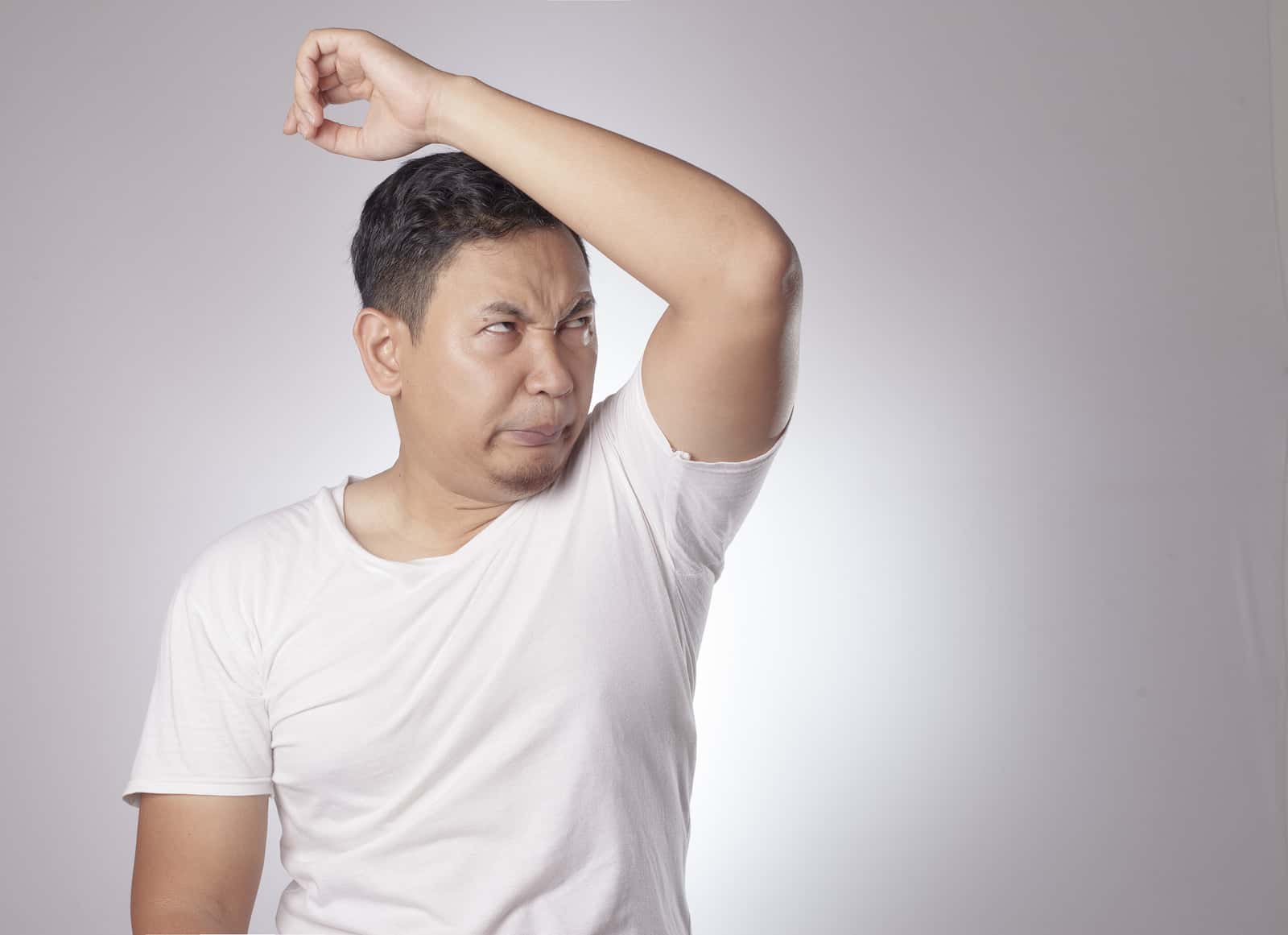
What makes underarms smelly? Quite a bit of research indicates that the bacteria living on your armpit skin break down sweat into smelly compounds (Microbiome, Jan. 24, 2015). Thus, both the types of bacteria that inhabit your armpit and their activity can contribute to the aroma (FEMS Microbiology Letters, Aug. 2015). Consequently, scientists have suggested changing the microbiome by “transplanting” bacteria from non-smelly armpits or using probiotics (Experimental Dermatology, May 2017). Age, gender and ethnic origins can all affect armpit microbe composition (International Journal of Cosmetic Science, June 13, 2019). We don’t know, however, whether a change in diet has a significant impact on the underarm microbiome. Could a simple cleanser help counteract keto body odor?
Can Sea Breeze Astringent Solve Keto Body Odor?
Q. I have been following a ketogenic diet for several months and have begun to notice strong underarm body odor. None of the usual antiperspirants have worked.
I found a half-used bottle of original formula Sea Breeze and have been wiping my armpits with it. This is working. The bottle states it deep-cleans down to the pores.
A. Sea Breeze Astringent Original Formula contains water, denatured alcohol, a number of herbal extracts, the preservative sodium benzoate and coloring. We assume that the benefits you’ve noticed come from the herbal ingredients: camphor, peppermint oil, clove oil, eucalyptus oil and eugenol (also from cloves). Many such compounds have antibacterial properties (Molecules, July 5, 2019). Perhaps they affect the balance of microbes that thrive on the skin under your arms. You may also be interest in some other solutions our readers propose for body odor.
Is There a Keto Body Odor?
People debate the concept of a specific keto body odor in numerous websites. They appear to be referring to something different than a whiff of acetone on the breath, a sign that the body is burning fat rather than carbohydrates.
We haven’t seen any studies on how a ketogenic diet affects the skin microbiome. However, there is substantial evidence that such a diet can alter the balance of microbes in the digestive tract (Genes, July 15, 2019). As a result, we don’t think it farfetched to imagine that there might also be an impact on other microbiota as well. Nonetheless, we await evidence.
Citations
- Troccaz M et al, "Mapping axillary microbiota responsible for body odours using a culture-independent approach." Microbiome, Jan. 24, 2015. doi: 10.1186/s40168-014-0064-3
- Bawdon, D et al, "Identification of axillary Staphylococcus sp. involved in the production of the malodorous thioalcohol 3-methyl-3-sufanylhexan-1-ol." FEMS Microbiology Letters, Aug. 2015. DOI: 10.1093/femsle/fnv111
- Callewaert C et al, "Towards a bacterial treatment for armpit malodour." Experimental Dermatology, May 2017. DOI: 10.1111/exd.13259
- Li M et al, "The influence of age, gender and race/ethnicity on the composition of the human axillary microbiome." International Journal of Cosmetic Science, June 13, 2019. DOI: 10.1111/ics.12549
- Guimaraes AC et al, "Antibacterial activity of terpenes and terpenoids present in essential oils." Molecules, July 5, 2019. DOI: 10.3390/molecules24132471
- Paoli A et al, "Ketogenic diet and microbiota: Friends or enemies?" Genes, July 15, 2019. DOI: 10.3390/genes10070534

